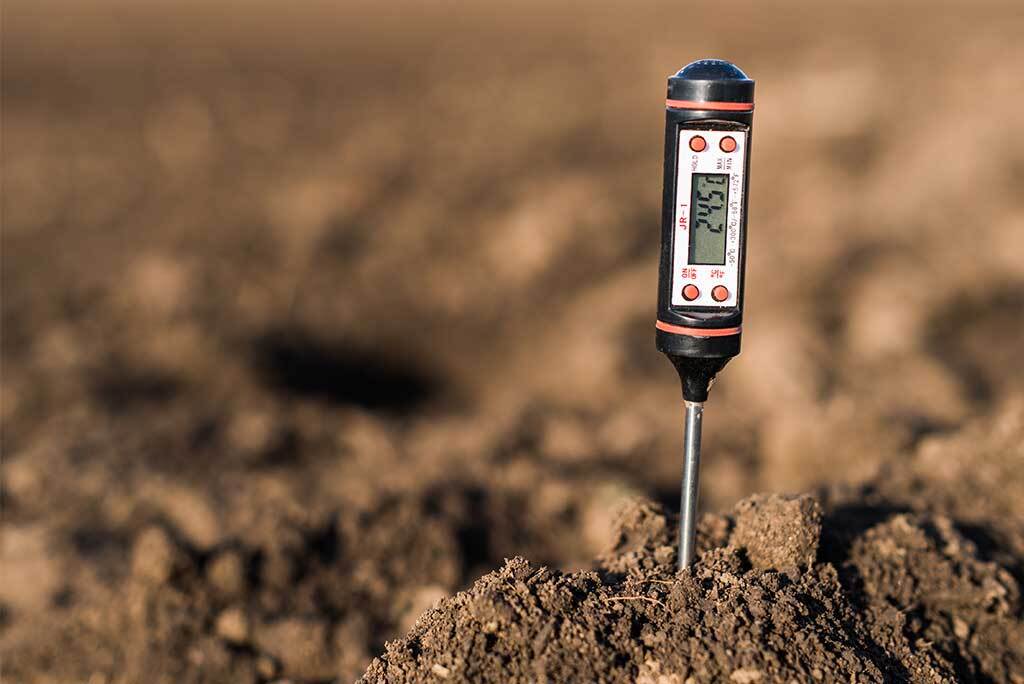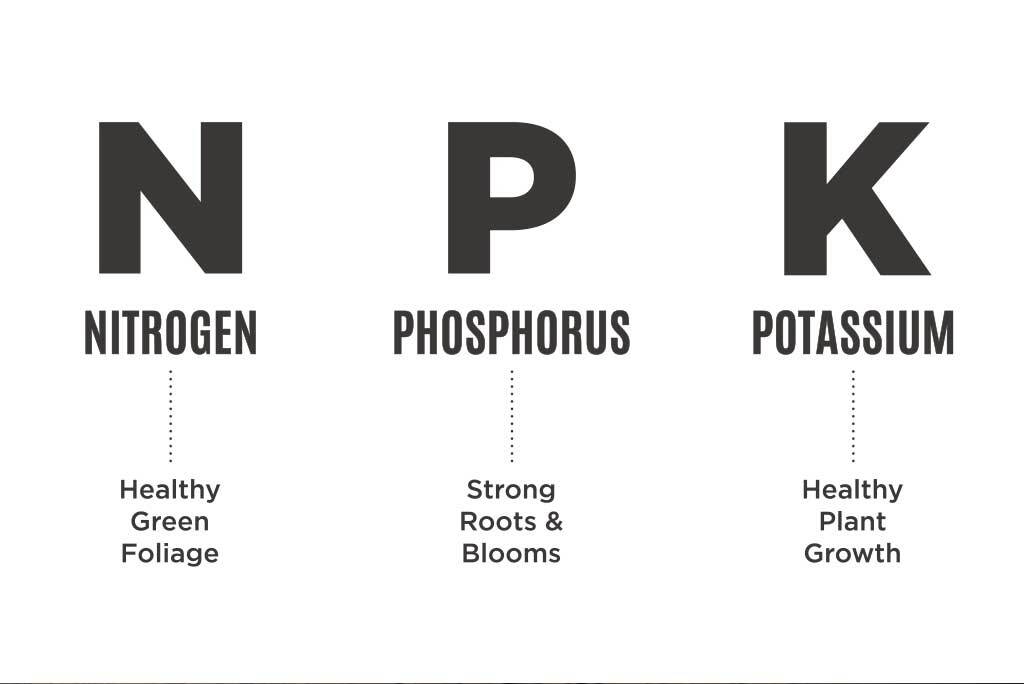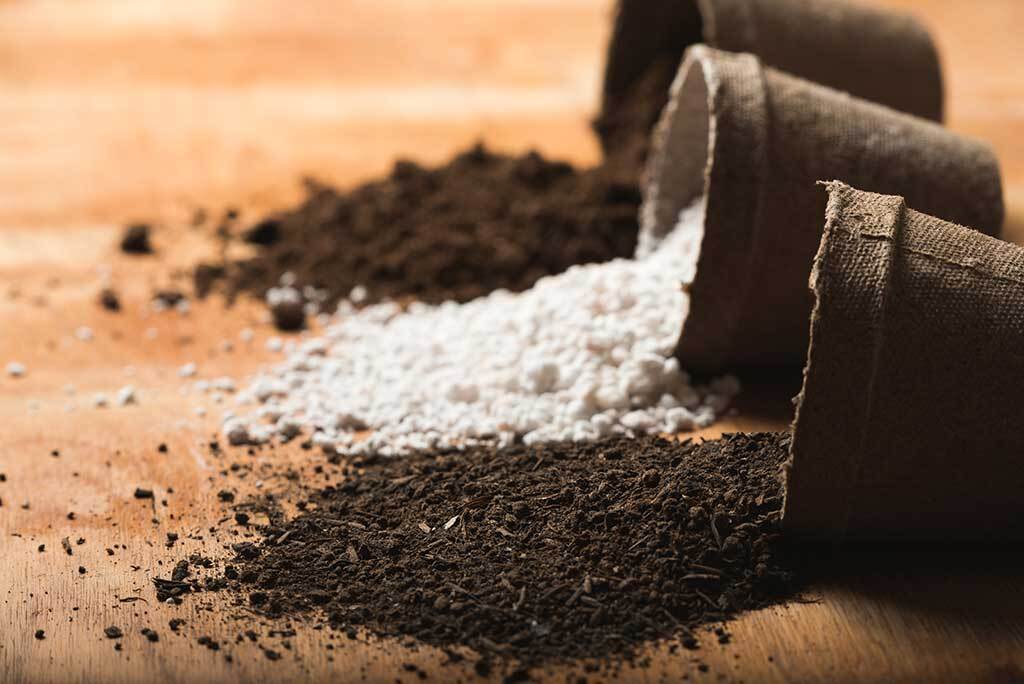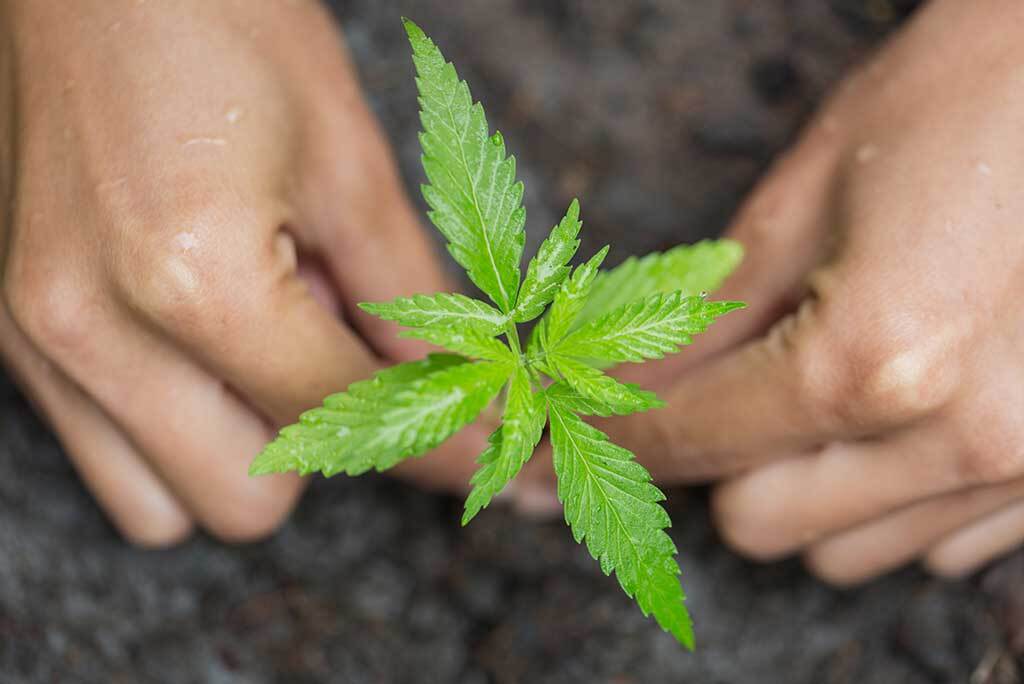If you go to any cannabis trade fair you will see all sorts of different companies promoting a litany of products, from the most recent tents, to advanced hydroponic setups, to the latest in lighting fixtures and the best soil for growing cannabis. This can be intimidating for some, as many of these products seem quite advanced and expensive, however growing good cannabis can actually be surprisingly easy. That is of course, if you do what nature intended for cannabis, namely provide a solid foundation in the form of some good old-fashioned soil.
You can endlessly argue back and forth as to whether you get bigger and better yields from growing hydroponically, in a greenhouse, or indoors, but the most trusted names in the world of cannabis cultivation will almost always tell you that nothing beats cannabis grown in some simple dirt. Your growing medium will always play one of the biggest roles in terms of quality of the final product and perhaps the biggest argument for choosing soil over hydroponics is terpene production, which is where organic soil shines. Sorry hydroponics-lovers, but you’re just not going to get those terpene-driving microbes in your nutrient solution no matter how hard you try. Organic soils, particularly of the no-till variety, are vast oceans of microbial life that provide nothing but the best nutrients for your plants in symbiotic fashion and your plants reward you for that in the form of delectable, fragrant flower.
Basic Requirements
Not all soils are equal and in many cases some work will have to be done to give your plants what they need so that you can have a bountiful harvest. Thankfully, putting together some good-quality soil is not rocket science and most of the required ingredients are readily available at your local gardening shop, though there are a few basics you should consider when deciding on a particular soil.
Drainage, Texture, and Water Retention
Proper drainage is an absolute must in order for water, nutrients and air to reach the roots of your plant, so consider a soil with the right texture, that is not too compact or dense so as not to asphyxiate the plant’s roots, which would end your gardening activities before plants can develop. A light and airy soil is ideal, however, on the flip side you want a soil with good water retention as well. If your soil is too loose, you will end up having to water it constantly, which means you run the risk of your plants drying up if not careful. Too much water in the soil, especially the top layer, will also attract pests and pathogens, such as fungus gnats and mold, so you want to find that sweet spot where your soil is moist enough for roots to develop but dry enough to prevent mold from forming.

The Optimal pH Level
Another important factor to keep in mind is soil pH. Different soils can vary as far as their pH levels are concerned, but that won’t stop them from producing high-quality cannabis. As long as they fall within the range of 5.8-6.5, they should do just fine, though optimally you want to aim for 6.0-6.3). Anything beyond that will likely require intervention by the grower so as to avoid issues such as nutrient lockout and deficiencies, which could severely affect plant growth.
Nitrogen, Phosphorus, Potassium: Key Cannabis Nutrients

This also ties into what you feed your plants in the form of additional nutrients and fertilizer. A good soil should have a healthy amount of the three basic macronutrients: nitrogen (N), phosphorus (P) and potassium (K). Without these three, your plants will wilt and yellow, eventually becoming too weak and sick to fully develop. Depending on the plant’s stage of life, the required N-P-K ratios will vary, but a ratio of 3-1-1 in the vegetative stage is a good rule of thumb.
Soil For Outdoor/Indoor Cannabis
Outdoor growers
Cannabis connoisseurs swear by outdoor, sun-grown cannabis and it should come as no surprise that “all natural” cannabis is said to be the best tasting with some of the most magnificent effects, however not all outdoor cannabis is the same. If the choice is made to grow outdoors, growers have two options, namely growing directly in the ground as nature intended or in pots/beds using a blend of ingredients for the soil. When growing directly in the ground (especially using the no-till method), the plant should have all the basic nutrients it needs provided the soil hasn’t undergone erosion. Some growers choose to supplement such plants with amendments like compost, manure and other organic fertilizers with very good results, but considering cannabis has thrived for hundreds of thousands of years without human intervention, there’s a good chance it will perform well without much amending.
Indoor growers
Indoor growers have more options as far as choosing their soil composition goes, especially these days where buying good quality soil is just a few clicks away. There are also plenty of soil mix recipes available online so growers can experiment with different ingredients to see what blend will work best, though all-organic soils and/or ingredients will give you the most rewarding results. Regardless of what type of soil you choose for your indoor grow, make sure it is light and airy enough to allow for your roots to breathe. Remember that roots also need air, so if possible avoid using plastic pots. Not only will they keep air from getting into the soil, they can also absorb heat, particularly if black, and potentially cook the plant’s rhizosphere, which could easily ruin your harvest. Use fabric pots/grow bags or air pots to make sure plant roots are getting the oxygen they need.
Autoflowers & Seedlings
Seedlings and autoflowering plants can be kept in the same type of soil as photoperiod plants, however the lower the nutrient content, the better in this case. Seedlings are particularly sensitive to nutrient overload and autoflowers have a very limited vegetation period, which means they will not have much time to recover before the flowering period kicks in, should there be some sort of nutrient imbalance. As a result, you want to avoid overloading your plants with food (nutrient burn) to the greatest extent possible. Regardless of the type of plant or soil, less is more. Nutrient deficiencies can be easily corrected, nutrient excess is more difficult to remedy.
Recommended Best Soil For Growing Cannabis
If you feel inclined to buy a ready-made soil from an established producer, there is a multitude of options available online as well as any decent growshop/gardening center. Just make sure that you are buying an organic potting mix. A good soil should be dark, loose and not clumpy or muddy. If it has perlite/vermiculite/coco coir mixed in, all the better as this provides good drainage as well as water retention. Fox Farm, Roots Organics, and BioBizz are trusted brands that provide good results, whereas BioTabs distributes good-quality organic supplements and fertilizers should you choose to take this route.

Super Soil
Super soils are a great option as they eliminate the need for feeding your plants liquid nutrients. The only liquid they will need is water, beyond that you won’t have to do very much to achieve respectable results. An online search will give you loads of different recipes, so feel free to dig around and find one that suits you best. Having said that, your super soil base should be comprised of the following: coco coir, perlite, vermiculite, and compost and/or worm castings.
There are many additives to choose from to make a nutritious living soil your plants will really love, but the most common ones include activated charcoal, coffee grounds, mycorrhizae mix, bat guano, dolomite lime and kelp meal. Simply combine the base with the additives and mix thoroughly to remove any larger clumps and presto you have yourself a solid super soil that only requires occasional watering.
Many growers experiment with and tweak their recipes, so there is no perfect formula. You may have to play around with ingredients for a while before finding the mix that works best for you, but remember not to get too carried away, as cannabis will respond negatively to nutrient excess and imbalances.
To sum it up
The beauty in growing cannabis in soil is that the simpler you keep it, the better your plants will respond and the easier it will be to identify and address the plants’ needs. Organic soil is widely believed to be the best medium for cannabis plants, just as mother nature intended it to be. Not only will your plants be happy, but so will you, provided of course you give them what they ask for, no more no less. Happy growing!









